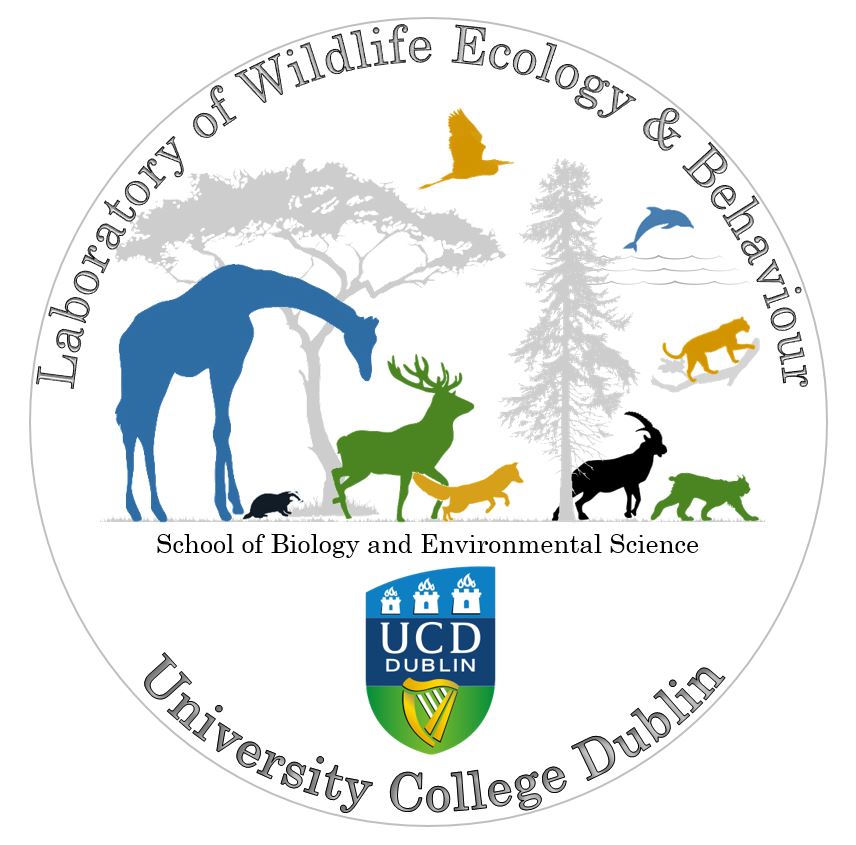
The following update on the UCD SmartDeer Project has been circulated by Simone Ciuti, Project Leader;
Dear Deer Stakeholders,
Thank you very much for your involvement in and contribution to the SMARTDEER project – even little things you have done in the past such as uploading deer observations or simply responding to our emails with feedback and criticism really helped to successfully complete this research program. Here’s a link to a permanent SMARTDEER website: CLICK
This webpage includes some of the key results from the project – this will remain, however, active permanently in order to display new results that will be produced as a result of the SMARTDEER effort. The funding for this program is over now but we have gathered data as well as created a pipeline of data analysis that will allow us to update deer distributions and relative abundances in the near future. In the website you will find up to date sika, red, fallow deer distribution and relative abundances (year 2022). You will also find the change in distribution and abundance of the 3 species in the period 2000-2018 (every 6 years, with new time series estimates available early next year). Updated distributions as well as scenarios of forest damages as a function of deer presence and relative density will be released soon. In short, keep an eye on this website because we will regularly add new results from SMARTDEER and related efforts, including a full list of publications.
As a research unit, we are now looking at the hotspots of deer presence and trying to understand the effects of localized high deer densities on biodiversity and more specifically soil ecology, vegetation diversity, forest damage and mammal/bird diversity. We continue to collect data across the nation to provide an empirical basis that we hope will serve for informed deer adaptive management in the future. Ireland is facing and will face significant land use and climate change in the coming years. Human-wildlife conflicts in this increasingly changing world are inevitable, but up to date information on the spatio-temporal dynamics of deer population will make the country ready to alleviate such conflicts and promote sustainable and healthy deer populations for everybody to enjoy.
A big thank you to DAFM who funded this program but did not interfere with our research in any stage nor dictated any agenda, but rather supported this project which is the first one producing such a high resolution map of the three main deer species in Ireland. A big thanks to NPWS, COILLTE, British Deer Society, DAERA,CEDaR, NBDC, and the British Agri-Food and Biosciences institute who provided invaluable data across borders and support at different stages. Finally, I would like to thank all of you for the help and support: SMARTDEER has been developed to work with stakeholders, for stakeholders. We will continue to work the same way, in the most transparent and inclusive manner, keep in touch with us if you are willing to receive updates about current and future research programs involving deer in Ireland.
All the best
Simone
——————————————————————————————-
Simone Ciuti, PhD
Assistant Professor of Wildlife Biology (twitter: @UCD_Wildlife).Website: Laboratory of Wildlife Ecology and Behaviour. School of Biology and Environmental Science, University College DublinScience Centre – West (office 2.04), Belfield, Dublin 4, Ireland. Telephone: +353 (0)1 716 2342


